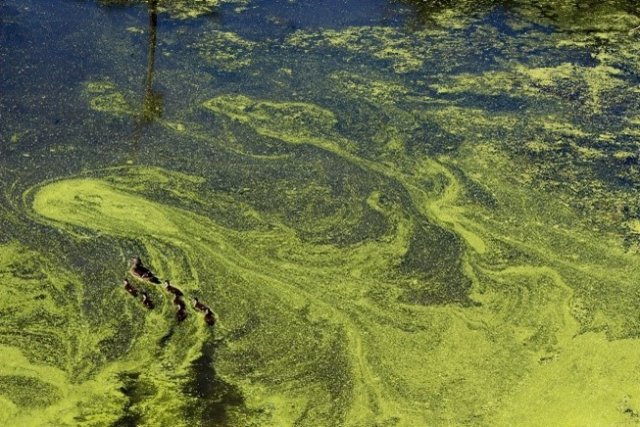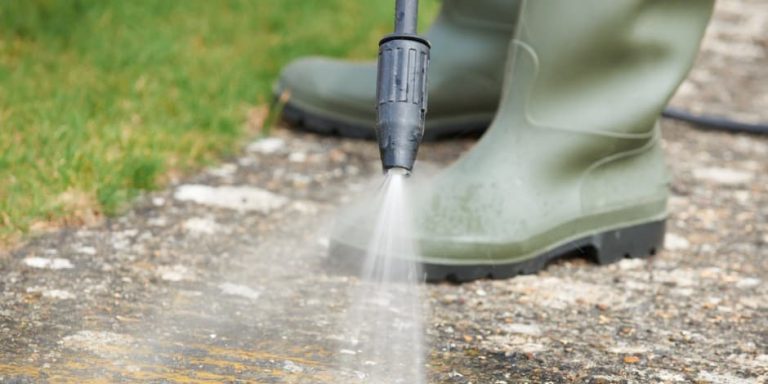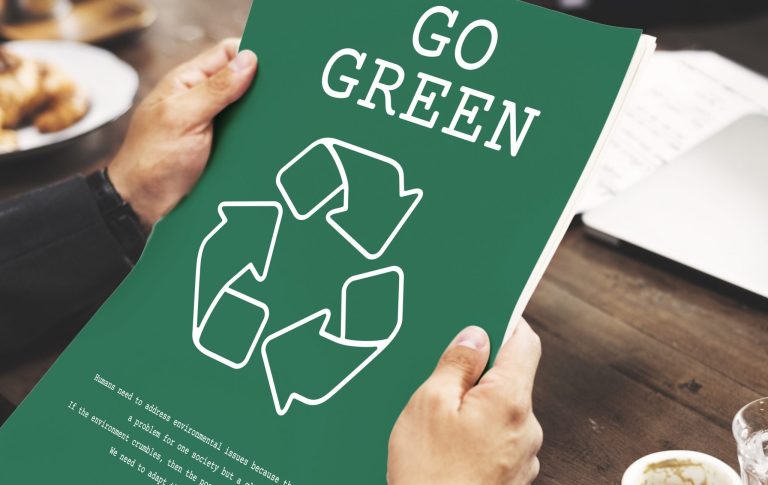
Lakeside communities offer stunning views, tranquil environments, and access to natural water—but with that beauty comes responsibility. Algae, especially invasive or toxic varieties, can spread rapidly and cause serious environmental damage. Surprisingly, power washing is one of the lesser-known contributors to algae spread—especially when done near the shoreline or on waterfront properties.
In this article, we’ll explore how algae spreads during power washing, the risks it poses, and the best practices for preventing it—all while keeping your property clean and eco-friendly. 🌍
🧫 Why Algae Spread Matters
Algae can be beneficial in small amounts, but certain types—particularly blue-green algae (cyanobacteria)—can:
- Produce toxins that harm humans and animals
- Deplete oxygen in the water, killing fish and aquatic life
- Cause skin irritation or respiratory problems
- Make the water unusable for recreation
- Increase maintenance costs for docks, boats, and public infrastructure
Once it takes hold in a lake, algae spreads easily, and controlling it becomes both expensive and time-consuming.
🚿 How Power Washing Can Contribute to Algae Spread
While power washing itself doesn’t create algae, it can:
- Dislodge spores or biofilms from siding, docks, and walkways
- Flush organic matter into storm drains or directly into the lake
- Create nutrient-rich runoff (with soil or soap) that feeds algae
- Spread spores from algae-contaminated equipment to clean surfaces
Many homeowners unintentionally wash microscopic algae into the lake, especially during spring cleanings.
🔄 Common Sources of Algae Transfer
- Cleaning roofs or siding that already show signs of green growth
- Washing boats or trailers without sterilizing equipment between uses
- Rinsing algae-covered pavers or stones near the shoreline
- Letting rinse water from docks or walkways drain directly into the lake
Even if you don’t see visible algae, spores can be present and easily carried by water.
✅ Best Practices to Prevent Algae Spread
1. Inspect and Pre-Treat Algae-Contaminated Areas
Before power washing, scrub algae-prone areas manually. Use a natural algae treatment, such as vinegar or baking soda, to kill surface growth without introducing toxins.
2. Use Eco-Safe Detergents
Avoid any products with:
- Phosphates (they feed algae)
- Ammonia
- Bleach or oxidizers
Instead, use biodegradable, algae-safe detergents specifically labeled “lake-friendly” or “aquatic safe.”
Browse Amazon For Eco-Friendly Power Washing Soaps
3. Capture and Redirect Runoff
Use:
- Tarps or catch basins
- Portable berms
- Hose attachments to direct rinse water into gravel or lawn
- Avoid power washing right up to the water’s edge
Never allow rinse water to drain directly into the lake.
4. Clean Equipment Between Jobs
If you’re using hoses, brushes, or pressure washer attachments on multiple surfaces:
- Soak tools in vinegar or hydrogen peroxide solution between uses
- Rinse thoroughly
- Don’t reuse algae-contaminated equipment elsewhere
🛥️ Special Considerations for Docks and Boats
- Clean boats away from the lake whenever possible
- For permanent docks, use brush attachments and work section by section
- Power wash on dry, sunny days—algae thrives in moisture
- Dry surfaces quickly to discourage regrowth
Avoid aggressive washing that could break apart wooden dock fibers, which become algae footholds.
🌱 Landscaping and Algae Prevention
To reduce nutrient runoff (which fuels algae):
- Replace nearby fertilizer use with organic compost
- Install buffer plant zones between the lawn and shoreline
- Direct power washing runoff into rain gardens or absorbent mulch areas
Even if algae isn’t currently visible, taking these steps helps reduce long-term lake degradation.
👨⚖️ Local Laws and Guidelines
Many lakeside communities and homeowner associations now have rules around:
- Power washing times and zones
- Detergent types
- Runoff collection
- Algae control practices
Check local ordinances before washing near water. Ignorance won’t protect you from fines. 📜🚫
🧠 Final Thoughts
Living near a lake is a privilege—and maintaining your property doesn’t have to come at the lake’s expense. Power washing is perfectly safe when done responsibly. With a few smart practices, you can enjoy a clean home and dock while keeping your local waters algae-free.
Because a beautiful lake is worth more than just a clean patio. 🌊♻️✅
Browse Amazon Here For Top Rated Power Washers And Accessories






